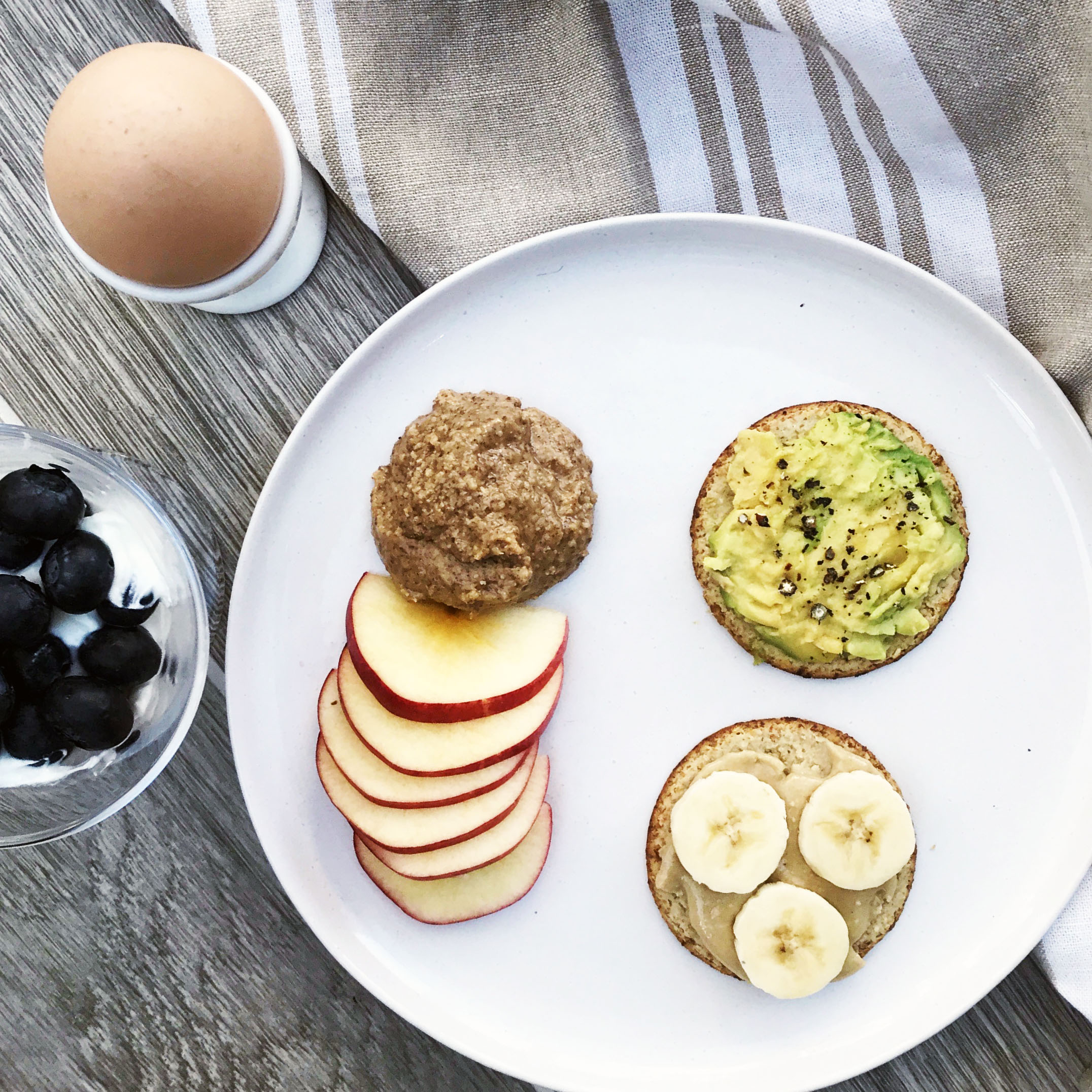Breech presentation is a baby who is feet or bottom first rather than in the usual head down position for birth. If you are told your baby is breech at 32 weeks it's perhaps better to think of it as your baby just hasn't had the chance to turn yet. Staying relaxed is both physically and mentally beneficial for you and your baby, so avoid unnecessary stress early on!
If your baby is breech at 36 weeks you may be offered a External Cephalic Version (ECV). EVC is when your obstetrician will attempt to manually turn your baby from the outside, success rate is 50% , and it can be uncomfortable.
Many women also look into gentler methods to encourage a baby to turn - acupuncture and moxibustion are often on the list. If this sounds a bit 'out there' to you, it is worth knowing that even 'The Royal College of Obstetricians and Gynaecologists' stated the following in March 2017 :
"Women may wish to consider the use of moxibustion for breech presentation at 33–35 weeks of gestation, under the guidance of a trained practitioner".
[New 2017] External Cephalic Version and Reducing the Incidence of Term Breech Presentation Published: 16/03/2017 The Royal College of Obstetricians and Gynaecologists
I have spoken to Claire Dabreo of The London Acupuncturist to bring you some more information on what it is she does to help encourage a baby to turn! ...
Finding out your baby is in a breech position can wobble even the most pragmatic of mums to be, as this news can come with all sorts of implications for birth plans. It’s often at this time I see women who have never had acupuncture before, keen as they are to get the baby head down. So when Lydia invited me to share a little more information about how this can work I leapt at the chance. Success in helping a baby turn is often about timing as well as approach so here’s the things you need to know:
· the first approach an acupuncturist is likely to use is moxibustion, which is a herb used to warm a point on the little toe,
· this is a treatment you do at home once you have seen an acupuncturist and it is done daily for 20 minutes a day, for 10 days,
· bring your partner or someone who can help you do this for your first session, as it can be quite tricky to get into position. It’s far more relaxing to sit with your feet up as someone else administers the treatment!
· if you have high blood pressure then moxibusiton is not used, and needles are used instead.
· this treatment is most effective when started at around 34 weeks. Any earlier and the baby may well turn and turn again. Sometimes you don’t find out until the 36 week check, but if you can get an appointment in quick then I strongly recommend doing so.
· I often suggest scheduling a visit in with a specialist chiropractor or osteopath at the same time. This ensures that the baby has the internal room to move - there’s no point encouraging them to get into position if they physically can’t. Chiropractors use something called Webster Technique and I have 100% strike rate at getting babies turned in my clinic when these techniques are combined.
· It doesn’t matter what kind of breech presentation you have, transverse, incomplete, frank, footling, or unstable line, this treatment can be used
· Acupuncture doesn’t just support ‘head down’ but ‘optimal position’. If the baby is in optimal position for the shape of the pelvic brim, then labour is likely to be more effective (and crucially for first time mums, a bit shorter).
· ‘If the baby can turn, it will turn’. One of my teachers said this to me and I believe it to be true. Sometimes nature knows best and there’s a really good reason the baby won’t turn.
Some encouraging facts to bear in mind….
- only 3% of babies remain in breech position at full term
- 50% of babies who are breech at 34 weeks will turn with no intervention
- 75% of babies who are breech at 34 weeks will turn with acupuncture, effectively doubling your odds
Claire Dabreo is a seasoned acupuncturist who takes a whole body and mind approach to ensure optimum health and wellbeing. Specialising in fertility, pregnancy and birth, Claire offers acupuncture to support a healthy, happy pregnancy and is experienced in working with pregnancy related issues. She offers pre-birth acupuncture packages for the final weeks of pregnancy, as well as moxibustion for breech babies, and acupuncture for ‘late’ arrivals.
So if you are worried your baby is breech, or are looking for support from 36 weeks to help ensure your baby is in the optimal position for an effective labour and birth, consider acupuncture as one of the mothership’s most powerful, natural weapons. For a directory of practitioners in London with specialist training go to www.ACTLondon.net
Some hospitals are re skilling their midwives by pulling together expert breech birth teams as more women want to to explore their choices for birth, breech presentation does not always mean an automatic cesarean section (if that is not what you choose). Further information on your choices around breech birth can be found at www.aims.org.uk.




























